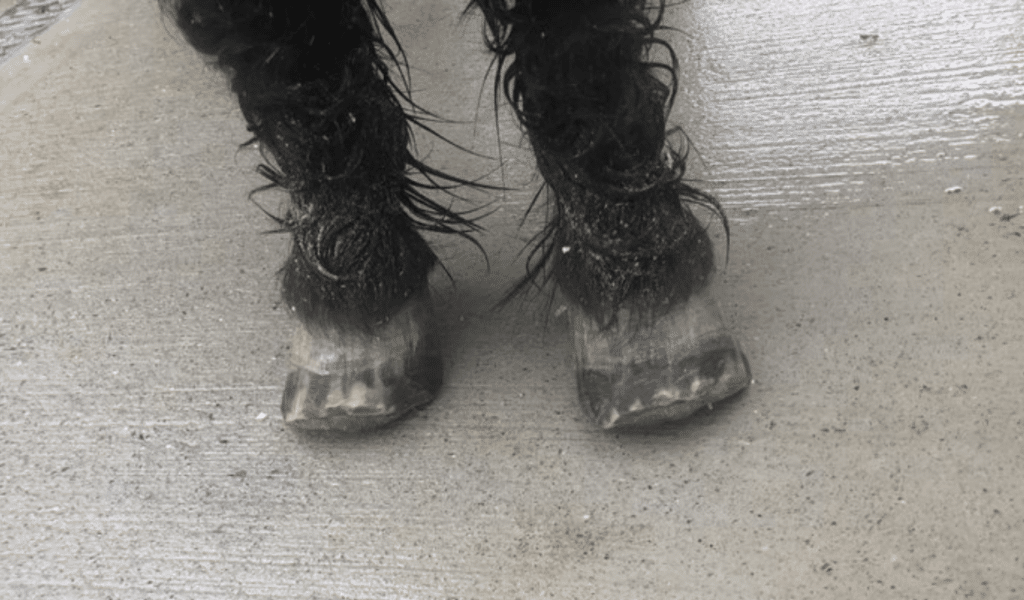Laminitis
Laminitis is the inflammation of the laminae in the foot. It can cause damage and weakness in the structure, resulting in rotation of the pedal bone and foundering in the foot. Our understanding of laminitis has evolved over recent years. Whilst many people think fat ponies grazing lush pasture are the typical laminitis candidates, in practice, any individual can be affected. This includes top-level sports horses and even those that are underweight.
Laminitis Fact Sheet
Causes of laminitis in horses
Once thought of as a disease in its own right, laminitis in horses is now known to be a symptom of an underlying health problem. It is particularly found in endocrine problems associated with insulin resistance such as Equine Metabolic Syndrome (EMS) and Pituitary Pars Intermedia Dysfunction (PPID) – also known as Cushing’s disease.
Horses with underlying insulin dysregulation have an abnormal response when they consume sugar and starch.
Under normal circumstances eating sugar and starch results in an increase in blood glucose levels. Insulin, a hormone produced by the pancreas, is released and regulates this sugar.
Individuals with insulin dysregulation can have higher resting levels of insulin in their blood, known as hyperinsulinaemia. This reduces the breakdown of fat stores from the body because insulin inhibits lipolysis, which is when fat is broken down for energy. It has been shown that hyperinsulinaemia itself can be enough to trigger laminitis without an accompanying high intake of sugar and starch.
Signs of laminitis in horses
The classic sign of a horse rocking back onto their heels is one of the most recognisable signs of laminitis in horses. By the time this is apparent the disease has progressed quite significantly.
Early signs of laminitis can be mild lameness which is sometimes referred to as “being footy”, heat in the feet and a bounding, or very strong, digital pulse. An even earlier sign of laminitis risk is being overweight as this increases the risk of EMS developing which causes insulin resistance.
What to do if you suspect laminitis
Taking action early can help the long-term prognosis. If any of the early signs of laminitis are apparent in your horse or pony it is vital to contact your vet. Your vet is likely to suggest box rest and painkillers combined with remedial farriery. They will also identify the likely cause of the laminitis and suggest suitable treatment.
Whilst laminitis can affect any horse or pony, the best way to reduce risk is to help your horse or pony maintain a healthy weight.
You can find out more about the two main underlying causes of laminitis in our fact sheets about EMS and PPID.
EMS Fact Sheet PPID Fact SheetOur Work at The Mare and Foal Sanctuary
Advice and Resources
Lifelong Sanctuary
Rehoming



